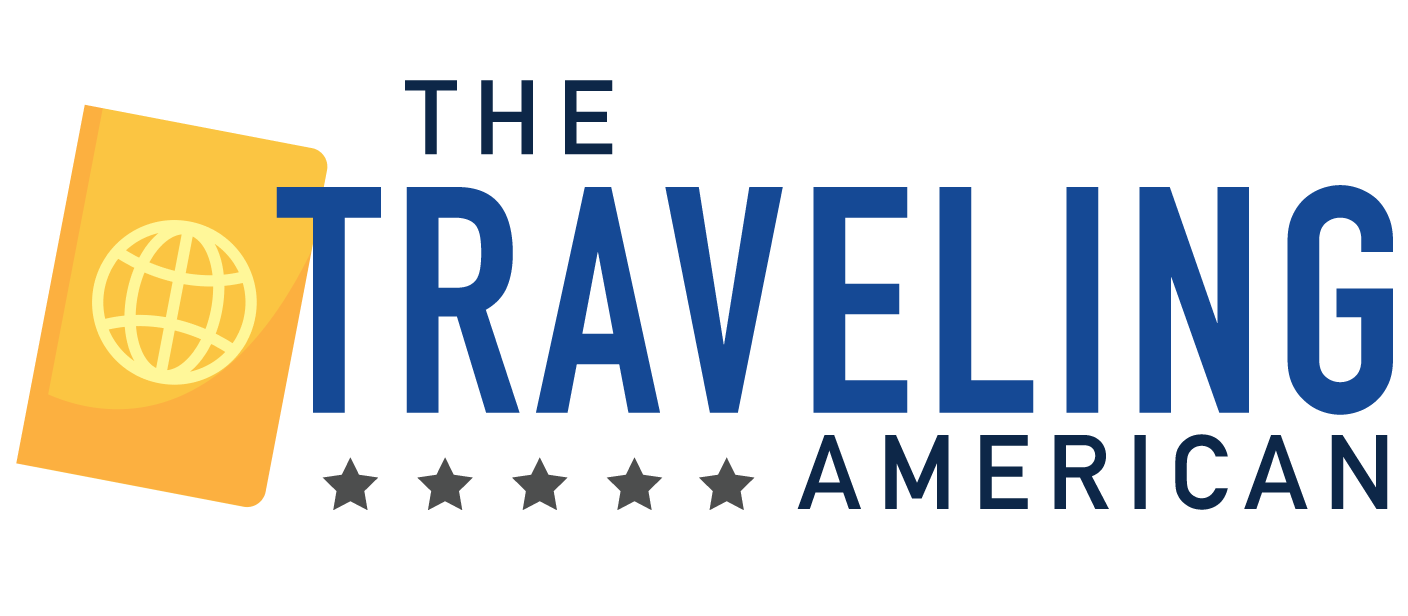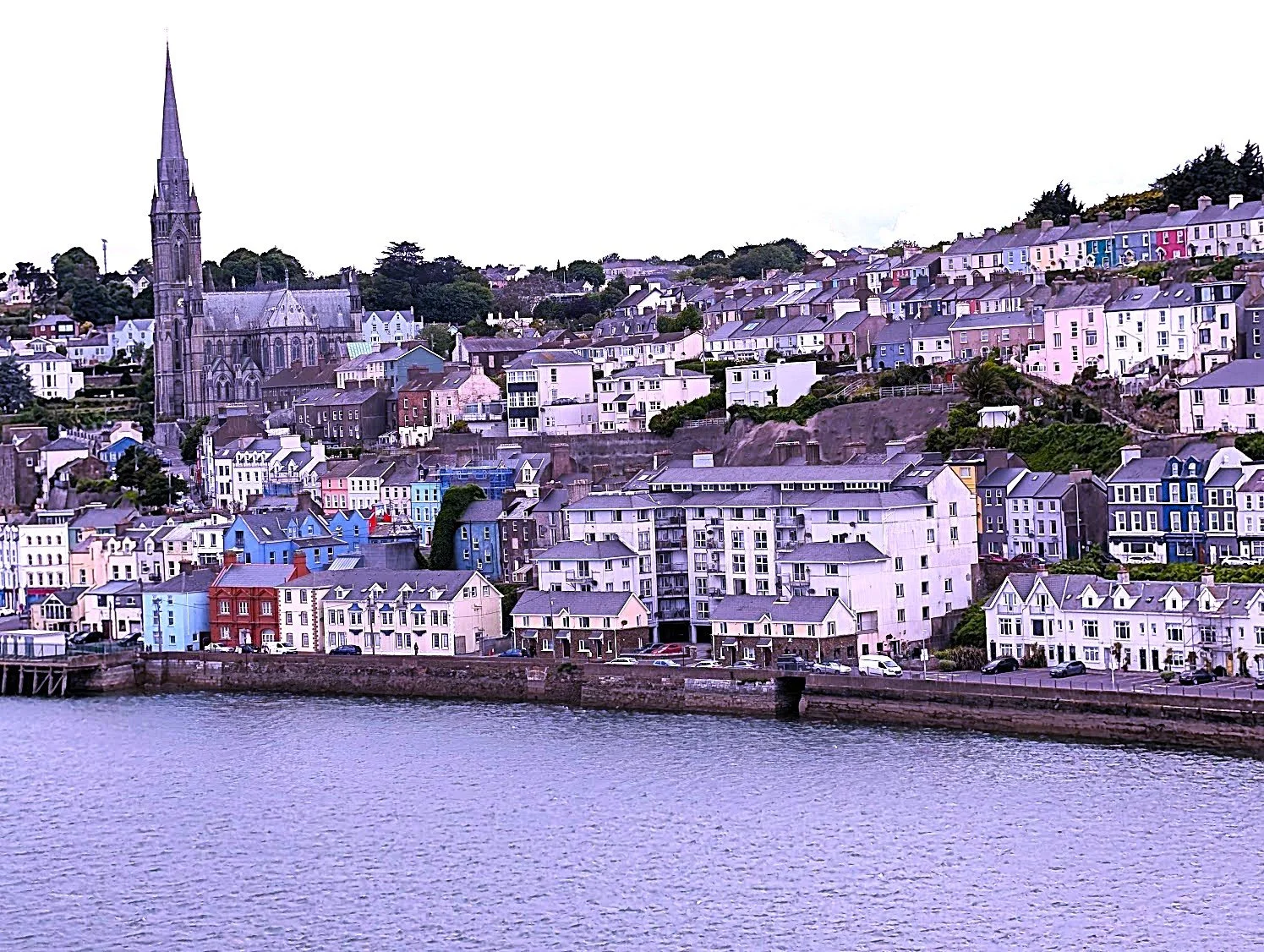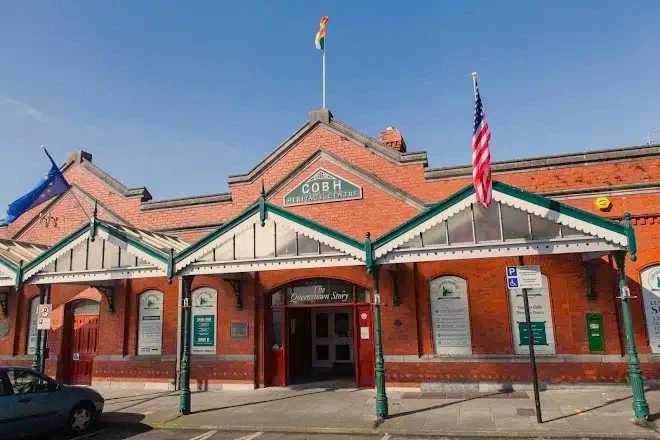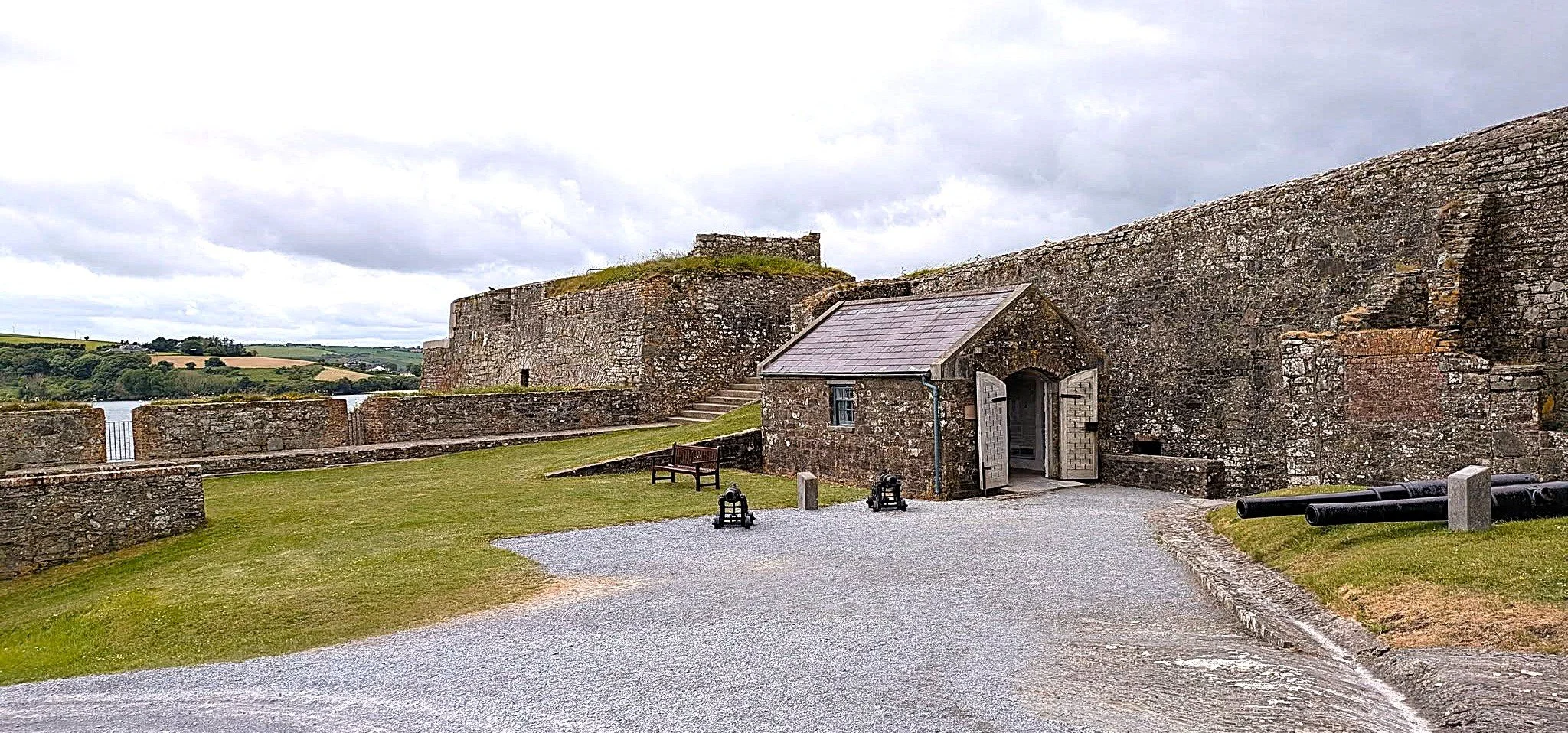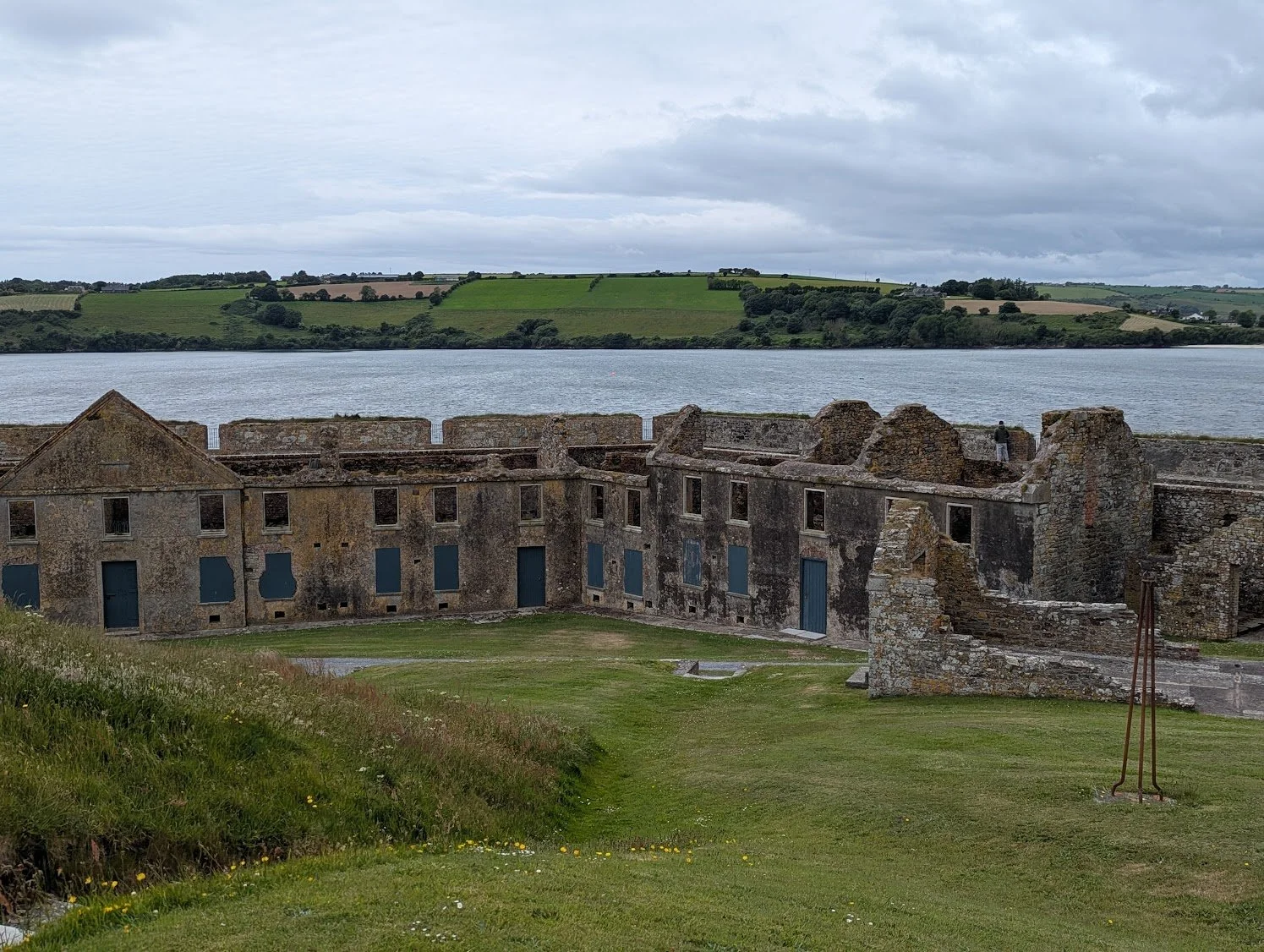Kinsale, Cobh, and Blarney Castle Highlight the Attractions of Ireland’s Cork County
Ireland is full of castles, history, legends, and lush landscapes that appeal to the senses and the imagination of millions of visitors each year. Some of these visitors are descendants of the estimated ten million people born in Ireland who emigrated to places in the United States, England, Canada, Australia, and South America especially during the famine years of 1845-1848. In the southern part of the country, Cork County is a popular destination for site seeing excursions since there are interesting places to visit in and around Ireland’s second largest city of Cork, including scenic towns like Kinsale and Cobh located on the coast, the Blarney Castle, and highly regarded golf course.
Here is a summary of some of the things to see during a visit to this area:
Cobh’s Heritage and Legacies- A substantial number of visitors to the region arrive at Cobh. This town is one of three islands in Cork Harbor which are linked to each other and the city of Cork by causeways and a tunnel. Almost a hundred cruises ships arrive at Cobh each year, which is not surprising considering the town’s longstanding importance as a maritime center. With a large natural harbor, the town has served as a naval base for British, American, and Irish forces from the Napoleonic Wars to World War II. In addition to these military activities, docks and warehouses were built for shipbuilding, merchant marines, and trade activities.
This location also established Cobh as an important transatlantic port for passenger services. During the 19th century, three million Irish left the country from Cobh on the way to America and sometimes other destinations - more emigrants than any other port in the British Isles. A symbolic statue of Annie Moore, the first Irish emigrant processed at Ellis Island, along with her two brothers stands outside the Cobh Heritage Centre in the town. The Centre tells the story of the Irish famine, political strife, and future dreams that led so many people to leave the country from the 1600s to the 1950s. It uses period exhibits and artifacts to show the experiences of the many families who made the crossing.
Important 20th century maritime events also are tied to Cobh. It was the last stop for the Titanic before it started its tragic voyage across the Atlantic and 123 passengers boarded the ship at Cobh. Three years later in 1915, the passenger ship Lusitania was sunk by German U-Boat close to the city which contributed to the decision of the United States to enter the War. Thereafter, destroyers based in Cobh guarded the shipping lanes for merchant vessels and naval forces. Today, there are walking tours which focus on these tragic events and visit and a memorial garden to the Titanic in Cobh along with a separate memorial to Lusitania.
Kinsale- Kinsale Town is a village first settled in the 12th century that is located where the Bandon River meets the sea. At various times, forces from England, Spain and Ireland contested for control of the region by building forts, marshalling troops, and fighting battles there. It was a place where the English way of life came into conflict with the Gaelic culture and traditions. The village evolved over time from a fishing community into a popular destination for foodies seeking to explore “Ireland’s Gourmet Capital,” and for Irish yachtsmen to berth their vessels. Tourists also come to walk the streets lined by original 18th century buildings and shops that include waterfront restaurants, wine shops, galleries, and parks.
Charles Fort - A few miles out of Kinsale Town is the impressive Charles Fort which was built by the English between 1677 and 1682 during the reign of King Charles II in the shape of a star. Located on a promontory overlooking the entrance to Kinsale harbor, it features tall thick walls, ramparts, huge gun emplacements, sentry boxes, and five bastions. The plan to build a large fort began after the Battle of Kinsale in 1601 between the English and Irish forces, supported by three thousand Spanish troops and their ships. The English held off the attack forcing the Spanish to withdraw and the Irish earls to flee to the continent. However, the English built the massive fort anyway to counter new threats from French forces and subdue periodic Irish resistance. From 1680 to 1921, the fort was used as a barracks for about four hundred British troops and local workers. The British left Ireland at that time pursuant to the Anglo-Irish Treaty and in 1922 portions of the fort were burned during the Irish Civil War.
Blarney Castle and Gardens
Blarney Castle is one of the most visited sites in Ireland as more than 400,000 people come there every year. Many of them also climb the spiral staircase and undergo the ritual of being lowered into position to kiss the Blarney Stone in reverse on a ledge. The reward according to legend is to bestow the participant with the gift of eloquence in writing or speaking.
The castle was built in 1446 by a medieval chieftain known as Cormac MacCarthy, and a later owner added a five-story extension in the late 1600s. The original castle was an impressive structure that rises to a height of almost one hundred feet, with large towers, battlements, a castle keep, and a Great Hall. Only partial sections of the castle and the Great Hall are intact today. One feature that remains is a steep spiral staircase with 128 steps that brings you to the top where you can view the surroundings and wait in line for a turn to kiss the stone. There are signboards and plaques in the castle to explain its features and the events that occurred there. Other things to see when visiting Blarney Castle include the nearby Blarney House built in the 1800s which served as the residence of the Colthurst family, and a beautiful park with gardens and an arboretum. Ample food and souvenirs are available for visitors to enjoy and relax when touring the site.
